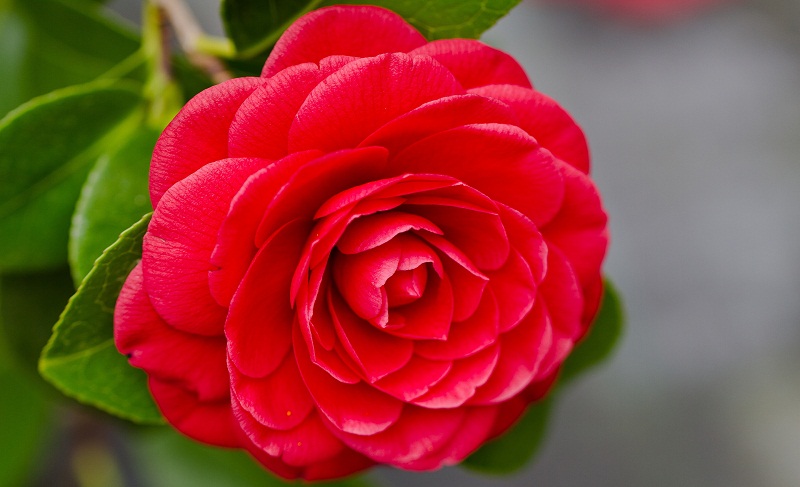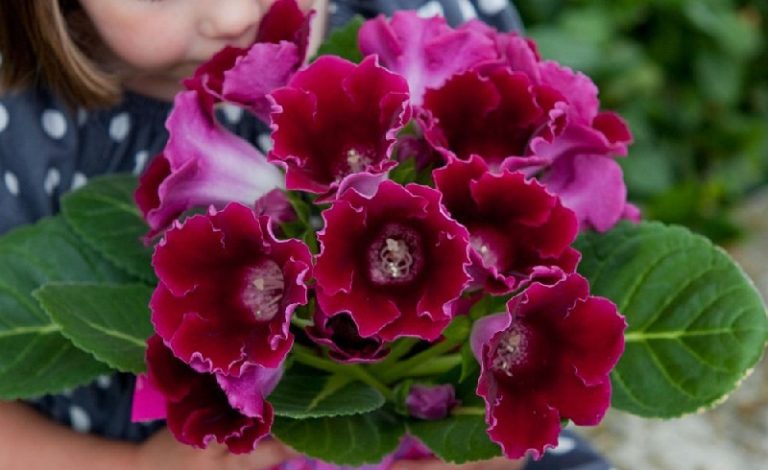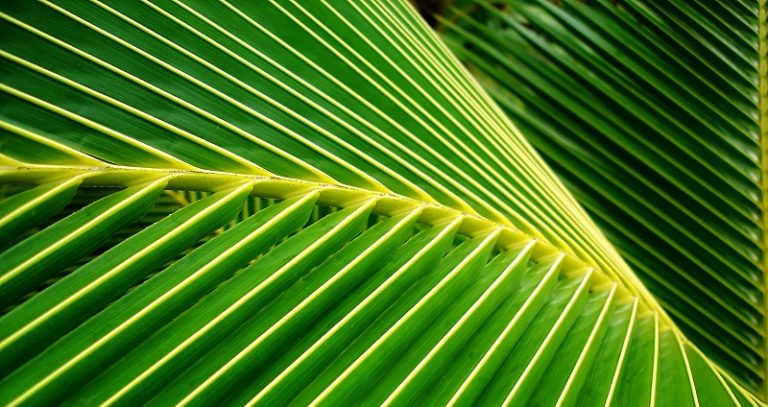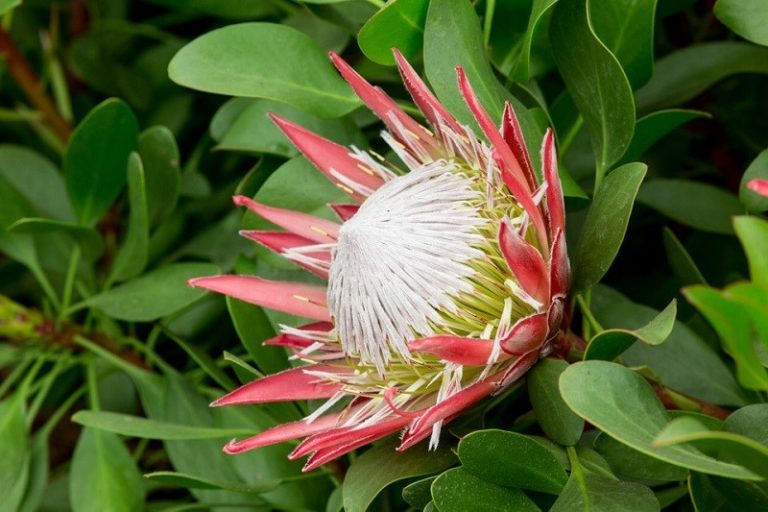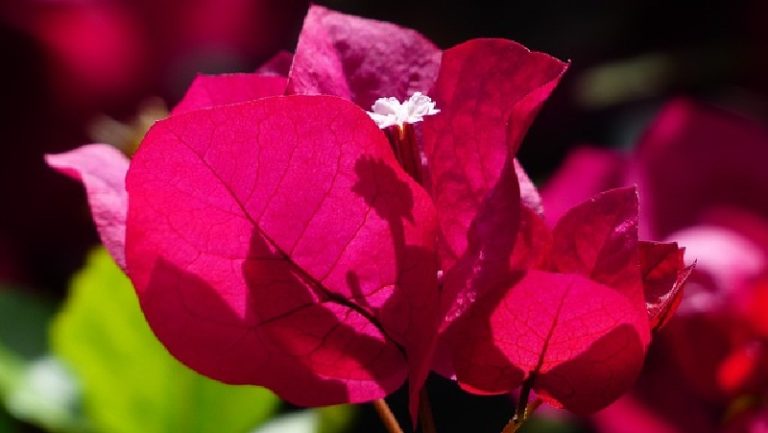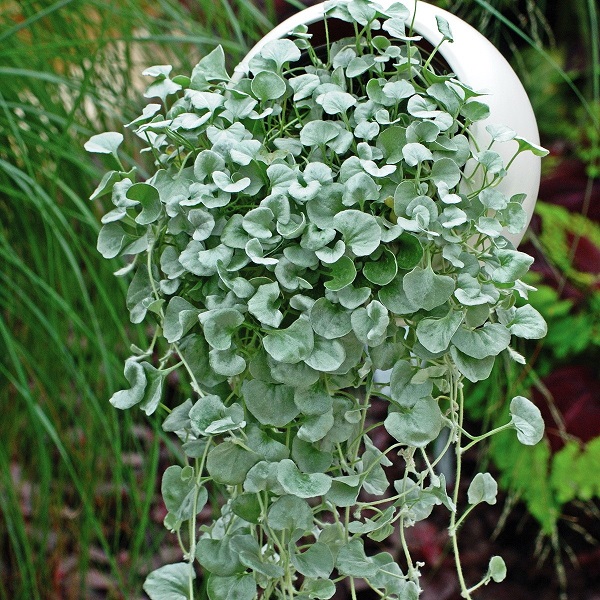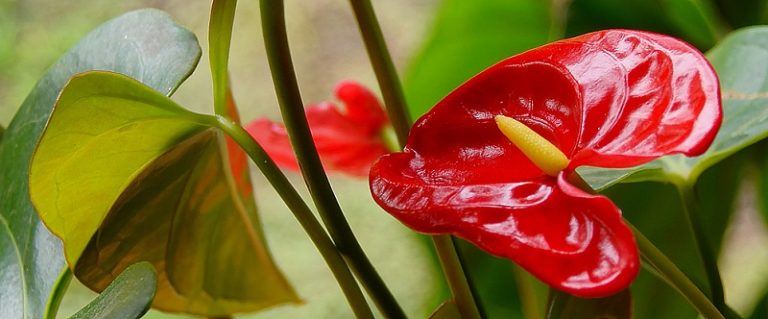Camellia, types of camellia
Camellia (Camellia) are evergreen dwarf trees that bloom with unusually beautiful flowers: white, pink and red. It belongs to the tea family.
This magical flower was discovered by the Jesuit monk-pharmacist Georg Joseph Camellus (1661-1706), who first brought it to Europe from the Philippines. In nature, camellia grows in tropical and subtropical regions of Southeast and East Asia, on the peninsulas of Indochina, Korea, Japan, the Philippine Islands, and is also found as an ornamental plant in the gardens of Italy.
Camellia leaves are simple, oval, smooth, pointed or rounded. The flowers are decorative, large, solitary, the flower consists of 5 petals and many stamens collected in a bunch or with a semi-double or double corolla with stamens degenerated into petals. The flowers are monochromatic, but often there are two-tone ones with stripes, spots and dots.
Many species are used as ornamental evergreens and flowering plants that complement the interior, creating the feeling of a spring walk in the park. Tea is made from camellia leaves and petals.
Healing properties of camellia
In Chinese traditional medicine, all Japanese camellia plants are considered anti-cancer. Camellia flower tea has tonic properties.
Types of camellia:

- Camellia chinensis. Chinese camellia (Camellia sinensis) – trees up to 15 m in height. The leaves are oval or elongated up to 10 cm long and up to 4 cm wide, the leaves are glossy, dark green on top, young leaves are with a white bloom, drooping, and eventually become shiny. The flowers are solitary or collected in 2-3 inflorescences growing on short pedicels. Depending on the processing of freshly picked young green leaves and the top of the shoots, black and green teas are made (green tea processing is carried out without fermentation). Camellia leaf tea drink contains tannin and caffeine. This tea is tonic.
- Camellia japonica . Japanese camellia (Camellia japonica) is a tree up to 12 meters in height. The leaves are oval up to 10 cm long, pointed, finely toothed along the edges, shiny, dark green. The flowers are solitary or collected in inflorescences. Flower up to 4 cm in diameter (garden varieties of flowers are larger – up to 12 cm in diameter); There are simple, semi-double or double, the color of the flower is from white to red, variegated. The seeds are large, almost rounded. It blooms profusely from December to April. It is grown in cool rooms as an indoor , growing in a pot or in open ground. Indoors, it grows and blooms well, requires a temperature not exceeding 12 ° C in winter. In greenhouses, it can bear fruit.
- Japanese camellia “Adolphe Audusson”. Camellia japonica is considered the most common houseplant. On its basis, breeders received many different varieties, among which the most famous are Pink Perfection with a cloud of pink double flowers; Betty Sheffield with white double flowers and pink touches; Alba Simplex with white non-double flowers; Adolphe Adusson with red semi-double flowers. The most interesting from a decorative point of view is a flower from the Tamm variety – a white star-shaped flower with a pale pink border
- Mountain camellia. Mountain camellia (Camellia sasanqua) is a bushy plant that grows up to 4 meters in height, with thin branches and red pubescent shoots. The leaves are elongated up to 7 cm in length and up to 3 cm in width, the tops are bluntly pointed, the leaves are finely toothed along the edges, shiny and dark green above, hairy and pubescent below. The flowers are single or collected in inflorescences of 2-3. The flower is simple up to 7 cm in diameter, the color scheme of this species is from white to red, with a pleasant smell. It blooms profusely in November-January. Suitable for growing in cool rooms.
- Japanese camellia ‘Alba Simplex’
- Japanese camellia “Pink perfection”
- Camellia “Betty Foy Sanders”
- Japanese camellia ‘Easter Morn’
- Japanese camellia “Elegance”
- Japanese camellia “Dr. Burnside”
- Japanese camellia “Lori Bray”
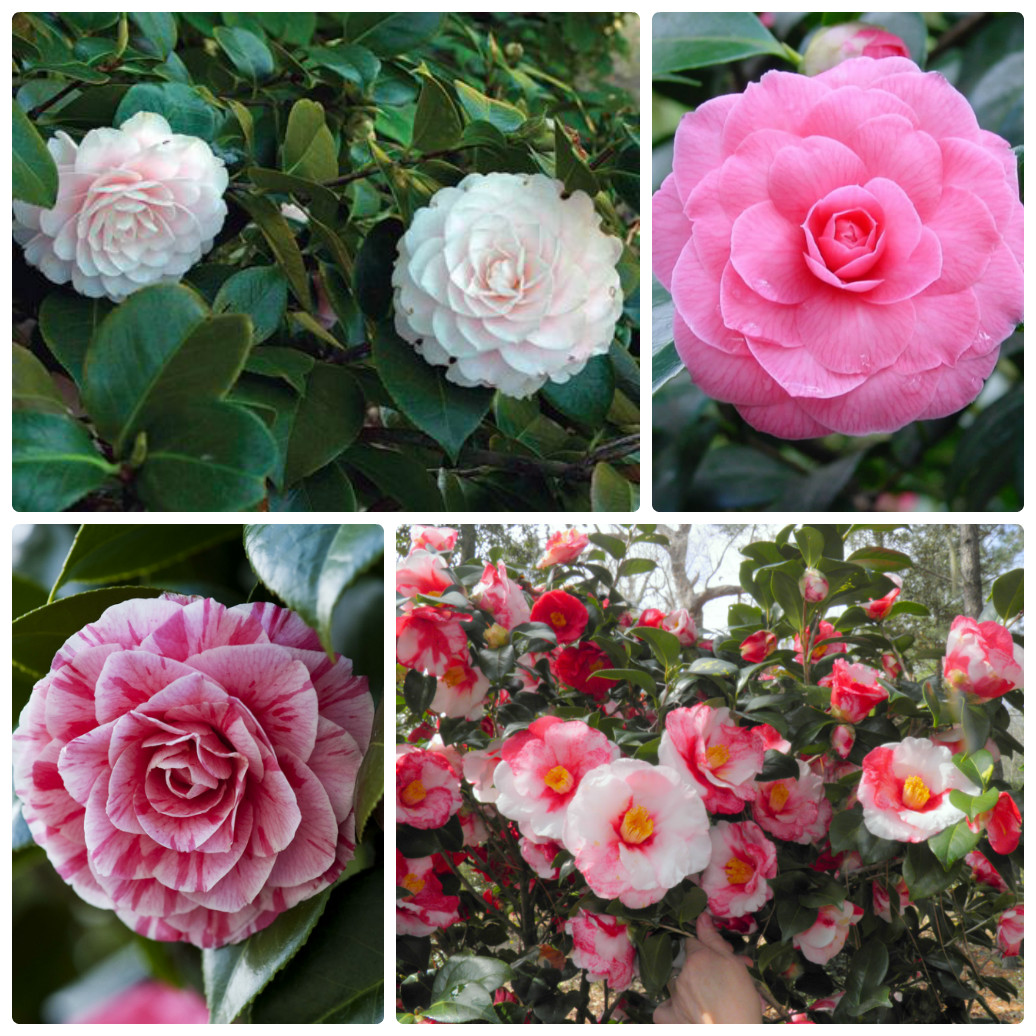
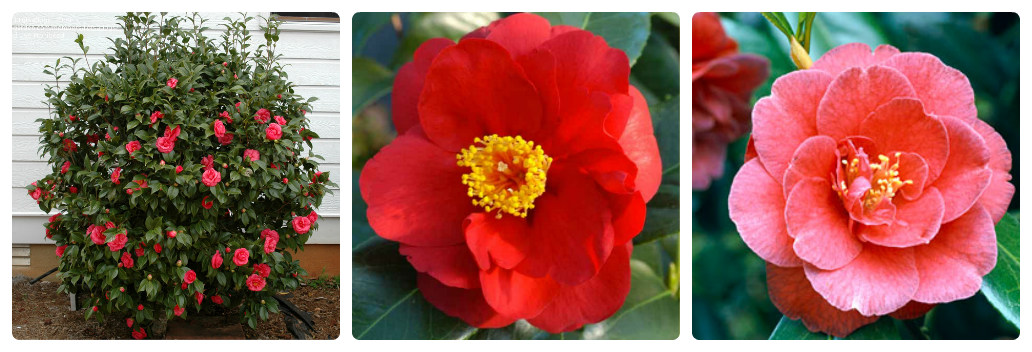
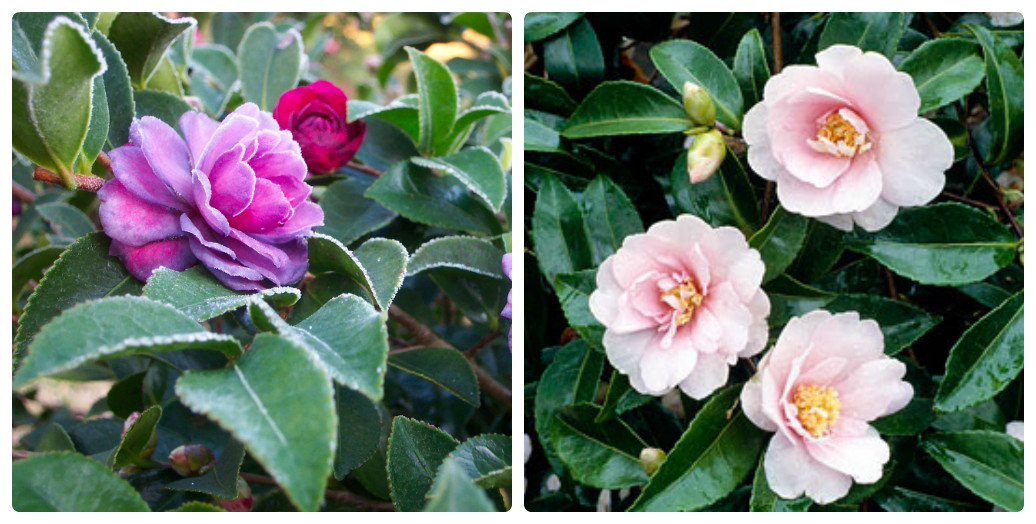
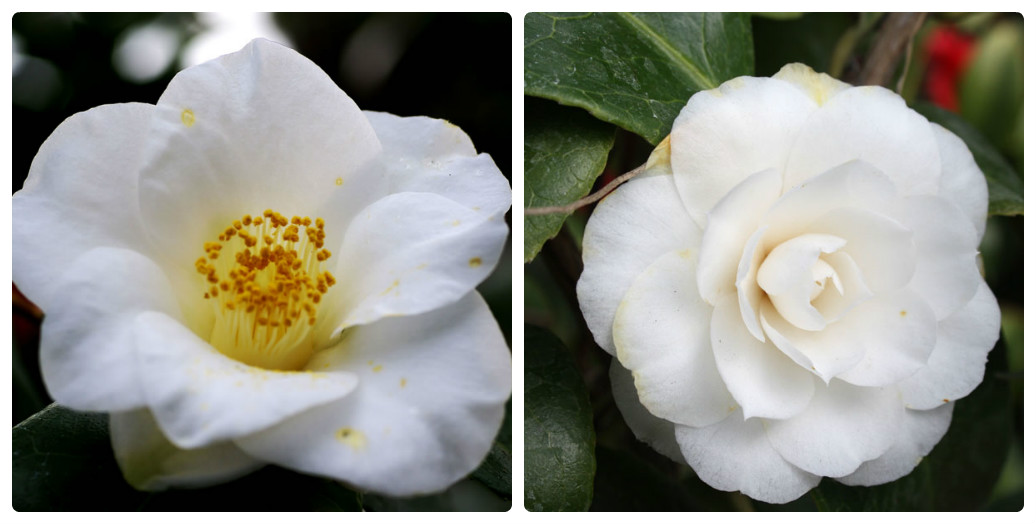
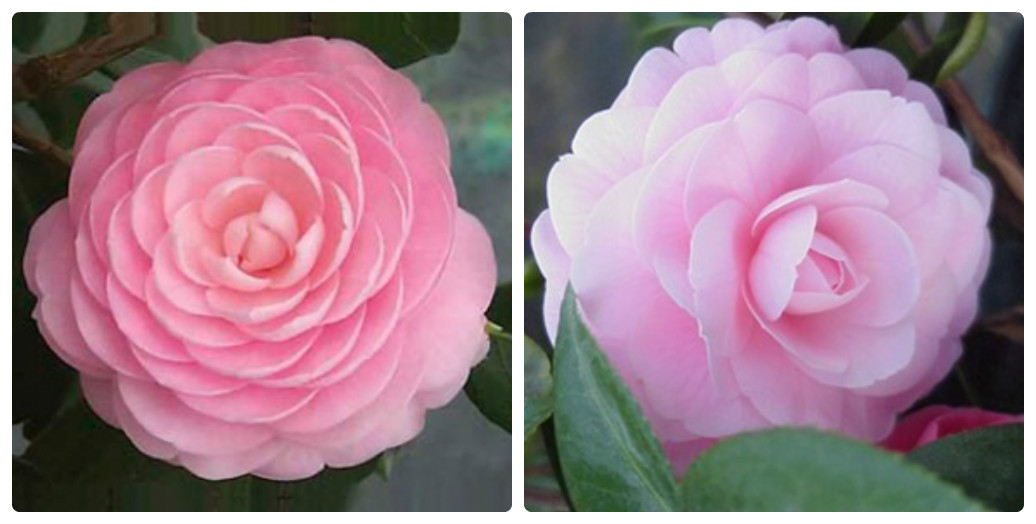
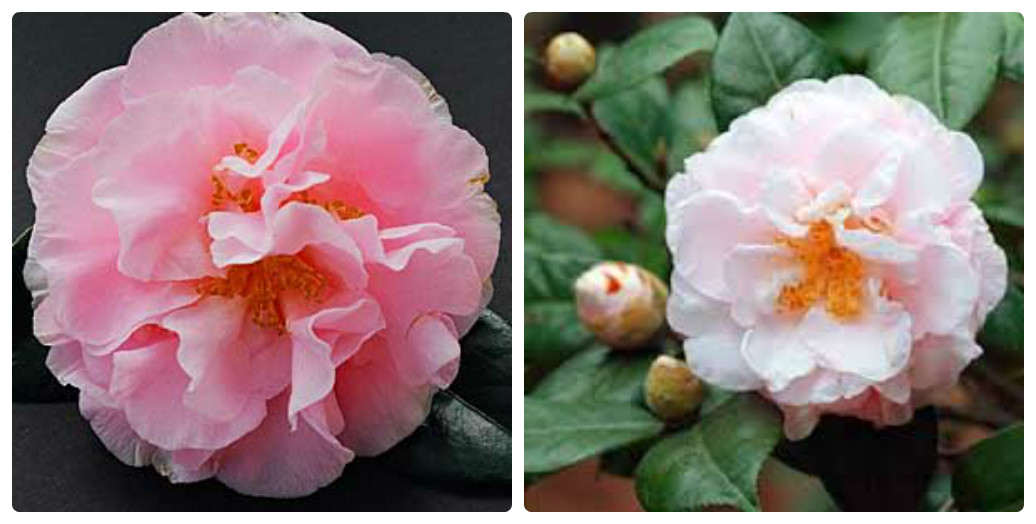

Williams hybrids are very popular: they are easy to grow, unpretentious. They differ from Japanese camellia hybrids in one feature: after flowering, the flowers fall off and do not bear fruit.

